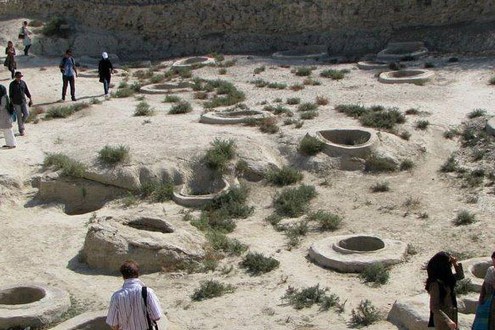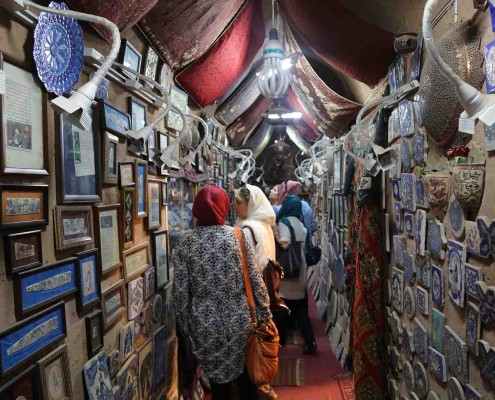 https://irandoostan.com/dostcont/uploads/2015/12/Coffee-in-a-Mozif.jpg
330
850
Mina Bagheri
https://irandoostan.com/dostcont/uploads/2025/05/Irandoostan-logo.webp
Mina Bagheri2015-12-02 08:21:482025-04-13 15:32:27Delicious Taste of Coffee in a Mozif
https://irandoostan.com/dostcont/uploads/2015/12/Coffee-in-a-Mozif.jpg
330
850
Mina Bagheri
https://irandoostan.com/dostcont/uploads/2025/05/Irandoostan-logo.webp
Mina Bagheri2015-12-02 08:21:482025-04-13 15:32:27Delicious Taste of Coffee in a Mozif https://irandoostan.com/dostcont/uploads/2015/12/tala.jpg
330
850
Mina Bagheri
https://irandoostan.com/dostcont/uploads/2025/05/Irandoostan-logo.webp
Mina Bagheri2015-12-02 08:06:172025-04-13 15:32:42Tallaght wells, Laft, Qeshm (Photos, Info)
https://irandoostan.com/dostcont/uploads/2015/12/tala.jpg
330
850
Mina Bagheri
https://irandoostan.com/dostcont/uploads/2025/05/Irandoostan-logo.webp
Mina Bagheri2015-12-02 08:06:172025-04-13 15:32:42Tallaght wells, Laft, Qeshm (Photos, Info)
Best Iran Deserts for Sand Sports
/
5 Comments
Iran might be known for its rich cultural history, stunning architecture,…



